So currently, per the title, I'm looking to make a smart and relatively automatic transpose system.
So far the only way I've figured out how to do this is with macros, paste special, and a lot of manual work (working on 2,000~ row sheet).
The following example is an example. All the events belong to A1 but are distributed downwards in a new row. The goal is to have them all in a single row (either in a single cell or adjacent).
A Event 1
A Event 2
A Event 3
B Group 1
B Group 2
All the events belong to A1 but are distributed downwards in a new row. The goal is to have them all in a single row (either in a single cell or adjacent). The example of how I need them is demonstrate below.
A Event 1 Event 2 Event 3
B Group 1 Group 2
I have searched far and wide and haven't found anything which solves this bizarre request.

